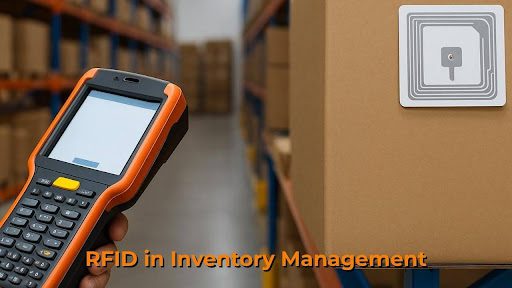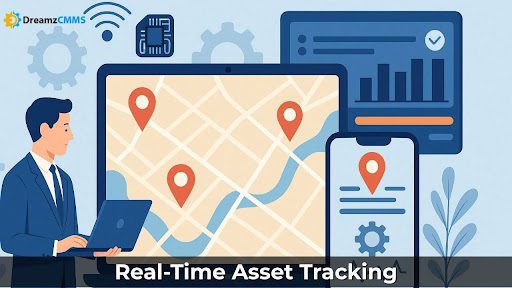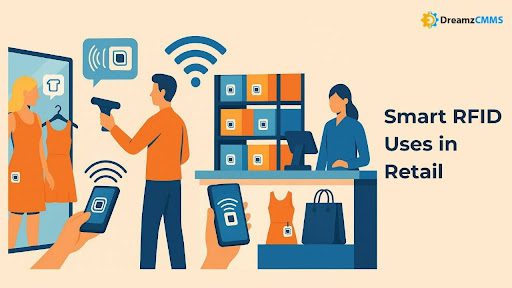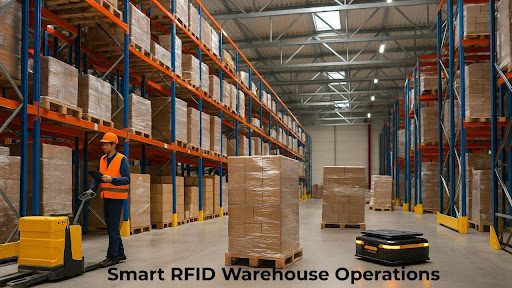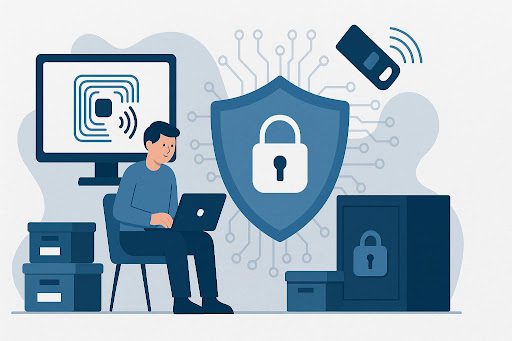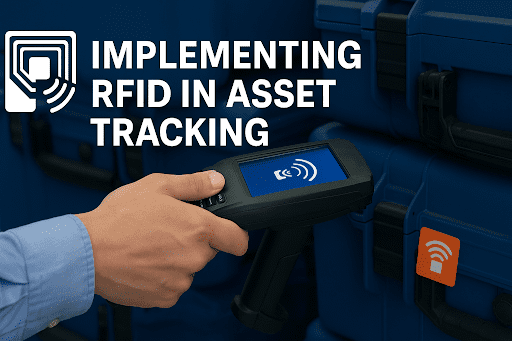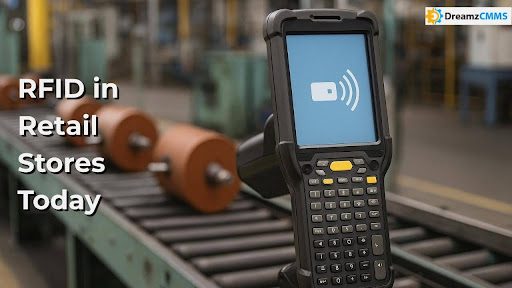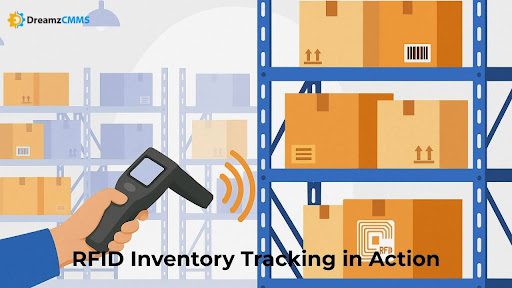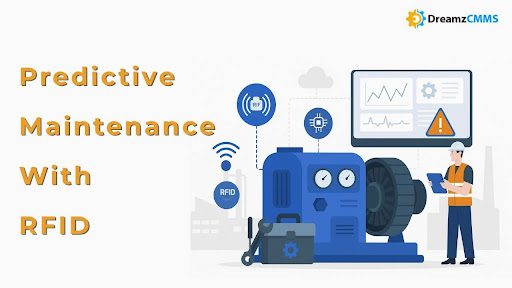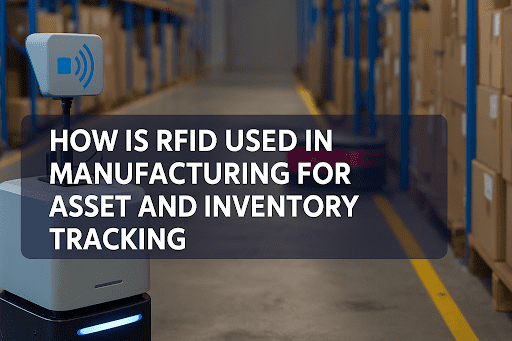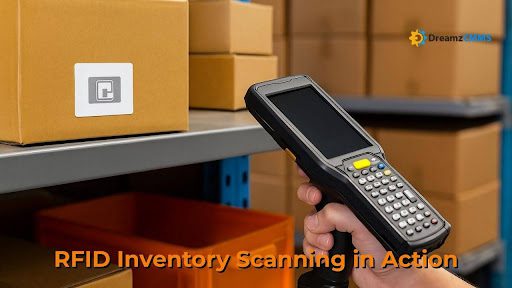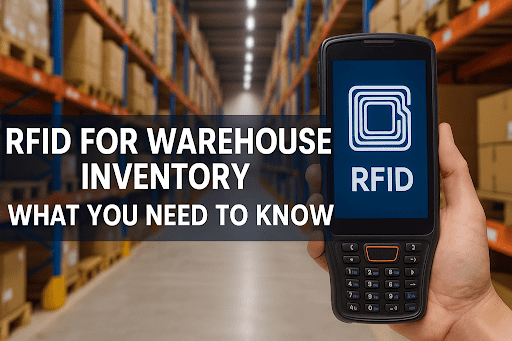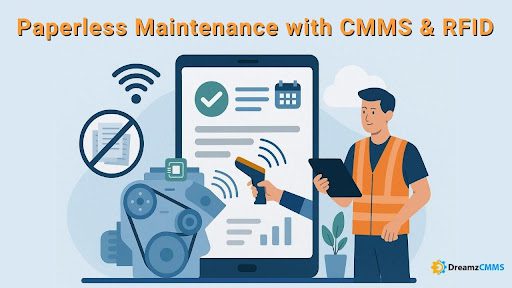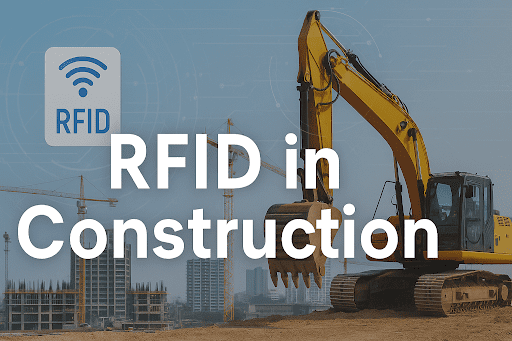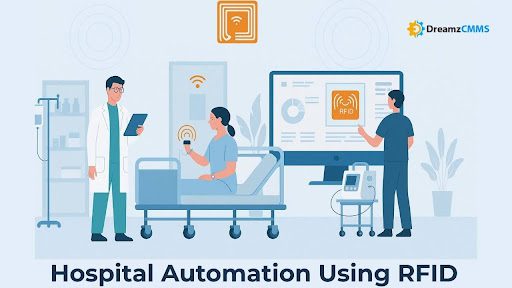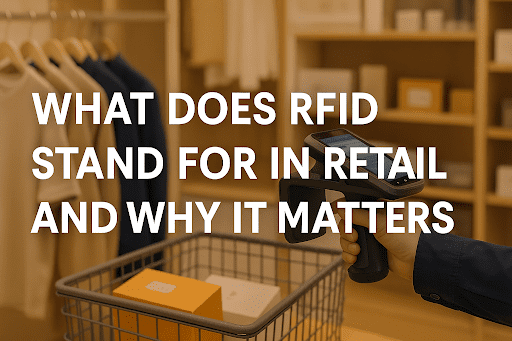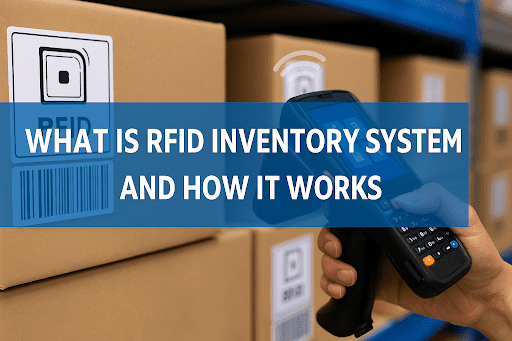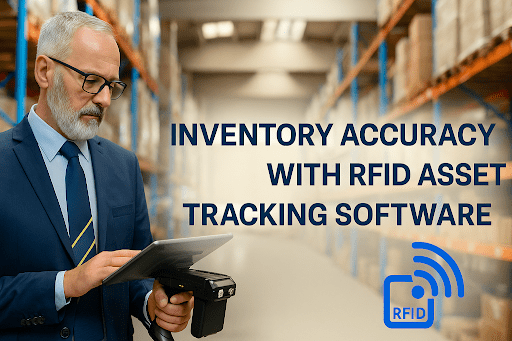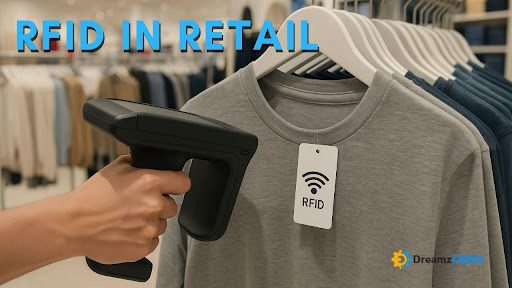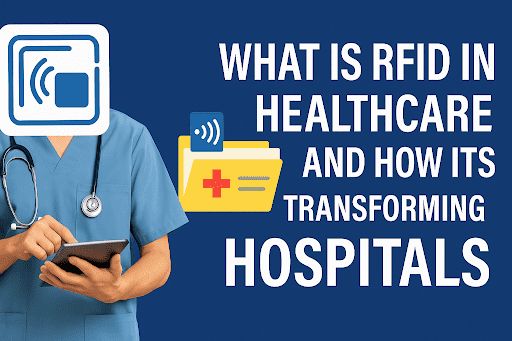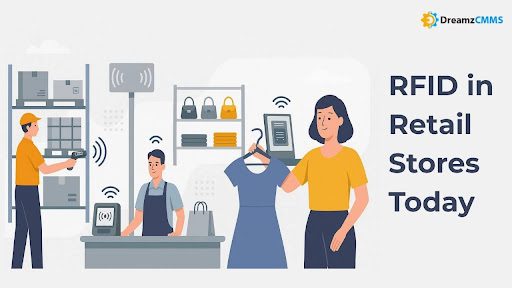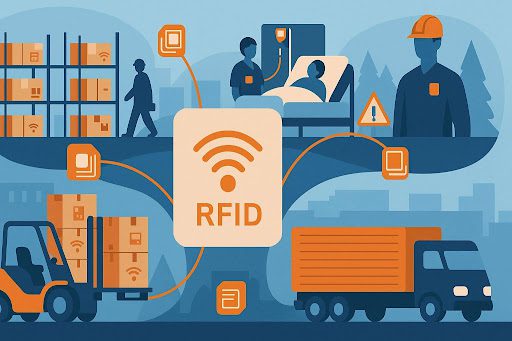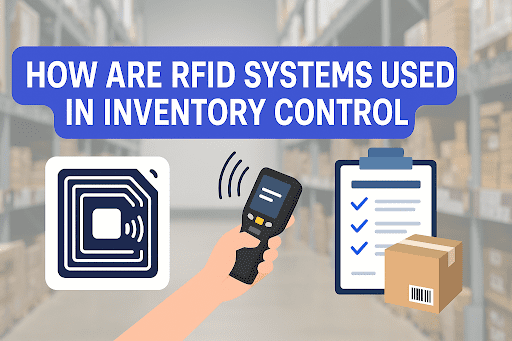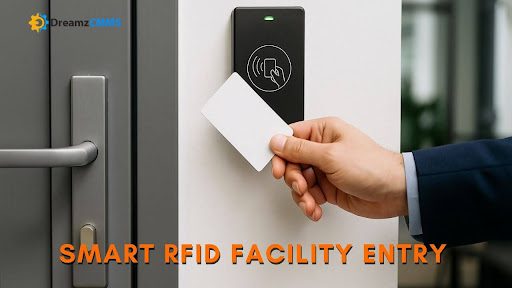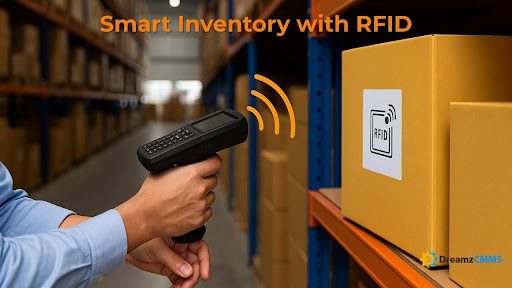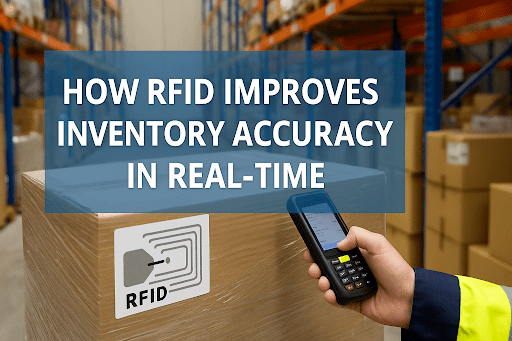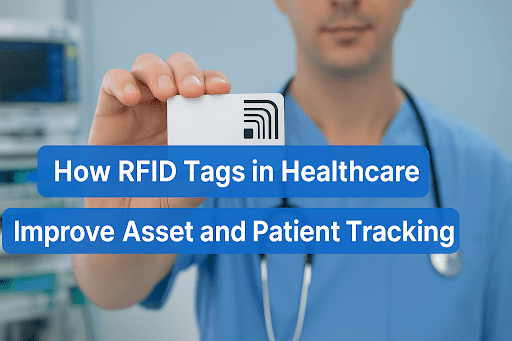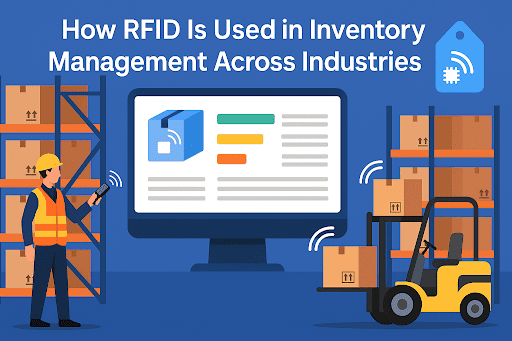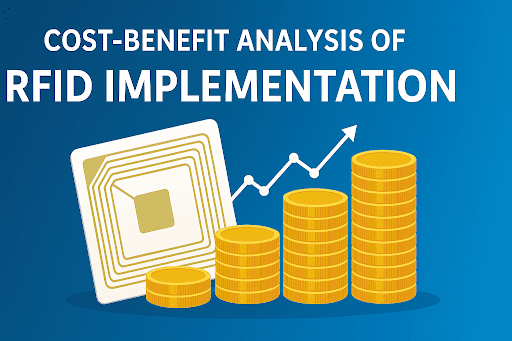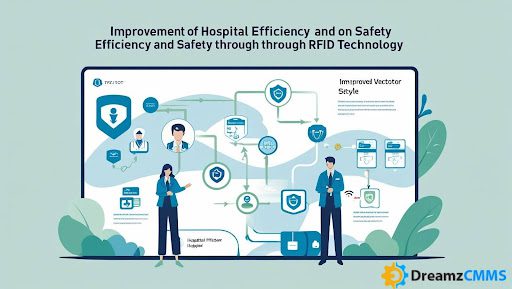 BACK TO Blog
BACK TO Blog
Asset Rental Management
RFID Asset Tracking
Why Trust and Transparency Are Now Boardroom Priorities In an era where asset visibility and data integrity directly affect business performance, traditional tracking systems are no longer enough. As enterprises expand across multiple locations and supply chains become more complex, the gaps in legacy systems begin to show. Data discrepancies,
- June 05, 2025
- DreamzCMMS Team
- 7 minutes read
- June 05, 2025
- DreamzCMMS Team
- 7 minutes read
Why Trust and Transparency Are Now Boardroom Priorities
In an era where asset visibility and data integrity directly affect business performance, traditional tracking systems are no longer enough. As enterprises expand across multiple locations and supply chains become more complex, the gaps in legacy systems begin to show. Data discrepancies, unauthorized changes, and unclear audit trails lead to missed opportunities and expose the organization to risk.
This is why more executive teams are turning their attention to Blockchain Asset Tracking.
Blockchain offers a reliable way to secure asset information. Every transaction is recorded in a digital ledger for asset tracking that cannot be changed retroactively. That means each asset movement, transfer, or update is stored as part of a permanent, immutable asset transaction record.
Unlike centralized databases, a decentralized asset tracking system eliminates single points of failure and removes the need for intermediaries to validate records. Executives gain direct access to trusted data, free from manipulation or ambiguity.
What results is a system that supports both operational clarity and strategic confidence. Every asset entry, from acquisition to retirement, is verified and preserved. This aligns perfectly with broader enterprise goals like governance, compliance, and digital transformation.
Organizations that prioritize transparent asset lifecycle management now find themselves better positioned to scale with fewer blind spots and far greater control.
From Static Records to Verified Histories in Real Time
For many organizations, asset tracking still relies on spreadsheets, fragmented databases, or isolated management tools. The result is delayed updates, inconsistent entries, and a lack of trust in asset records. In high-stakes environments, these gaps are not just inconvenient, they are risky.
A blockchain-based system replaces those vulnerabilities with a structure built on validation. With real-time asset validation with blockchain, every entry is confirmed before it is stored. Once recorded, it becomes a tamper-proof asset history one that cannot be changed or erased.
This level of integrity transforms how leaders engage with their asset data. It reduces the chance of errors, limits exposure during audits, and creates confidence in every operational report.
For field teams, updates happen in real time. If an asset is transferred, maintained, or decommissioned, the record is instantly visible and verifiable across departments. This supports faster decisions and better coordination.
In broader operations, these benefits expand. A secure system allows multiple users to interact with the same dataset without introducing risk. Whether managing tools, vehicles, or sensitive equipment, the data remains consistent and defensible.
Systems like RFID Asset Tracking Software are now being integrated with blockchain frameworks to add another layer of visibility. The result is more than asset tracking. It is secure asset tracking with blockchain engineered for trust and built to scale.
Redefining Compliance Through Transparent Records
Audit preparation often reveals the same issues: missing entries, uneven logs, or conflicting asset histories. These gaps do more than slow things down. They create risk. For companies operating at scale, unclear records can lead to compliance failures, fines, or broken trust with stakeholders.
A move to Blockchain Asset Tracking addresses this directly.
Each record is time-stamped and securely stored. More importantly, it cannot be edited without visibility. This structure forms a strong foundation for compliance. Asset records stay complete, consistent, and ready for review.
By using a decentralized asset tracking system, departments across different sites or regions no longer rely on email threads or disconnected files. They work with the same verified information, no matter where they are.
This approach limits confusion and ensures that audit logs reflect exactly what happened, when it happened, and who was involved.
Tools built on blockchain-based inventory management provide structure and security. Each change is confirmed before it is added, helping maintain accuracy across the board.
When integrated with systems like Facility Management Software, these benefits become easier to apply across real-world teams. Managers gain insight into how and where assets move without hunting for old reports.
This level of clarity reduces audit stress and builds accountability into the process itself.
Is Your Asset Data Built for Trust?Many tracking systems record data but few can guarantee it has not been altered. If your teams rely on spreadsheets or siloed systems, blind spots can develop fast. Blockchain changes that. It brings transparency, control, and confidence to every stage of the asset lifecycle. Learn how modern solutions bring clarity to complex operations. Schedule a demo and explore the Benefits of RFID over Traditional Barcoding and see how RFID and blockchain together create smarter, more reliable tracking systems. |
A Foundation for the Future: Blockchain Meets CMMS
As companies scale, so do the demands on their maintenance and asset management systems. It becomes harder to track usage, condition, and ownership over time especially when data lives in multiple systems. That is where blockchain’s integration with CMMS brings new value.
By combining Blockchain Asset Tracking with a modern computerized maintenance management system, organizations can create one reliable view of asset health and history. This setup supports better scheduling, stronger planning, and clearer decision-making.
Every repair, inspection, or update is logged automatically into a shared ledger. With blockchain in CMMS, nothing gets lost or overwritten. Each action is attached to a time, a person, and a reason making the system transparent by design.
Executives benefit from this structure. Asset-related decisions become easier to justify. Budget approvals move faster. Risk assessments become more accurate.
This setup also makes it easier to forecast replacements or identify patterns across equipment types or locations. It is no longer about tracking what broke, it is about understanding why, when, and how often.
With tools like Asset Rental Management Software, blockchain-backed data ensures that rentals are documented thoroughly from check-out to return. There is no room for disputes, delays, or unclear accountability.
As organizations look ahead, this kind of transparency becomes the baseline not the bonus.
Executive Takeaway: Build Trust. Scale Smarter.
For modern enterprises, the ability to track and manage assets is no longer just operational, it is strategic. Blockchain Asset Tracking introduces a shift from fragmented oversight to verified, tamper-proof records that executives can trust.
This shift supports better compliance, improves maintenance workflows, and gives decision-makers a clearer view of how assets contribute to long-term value. Whether integrated with blockchain-based inventory management, or used for transparent asset lifecycle management, the technology builds accountability into every step.
The result is more than data integrity, it is business confidence.
As more organizations explore ways to future-proof operations, solutions like DreamzCMMS stand out. They merge blockchain, asset intelligence, and user-friendly workflows into a single platform.
Additional Reads for Continued InsightExplore how supporting technologies like RFID enhance transparency and control across asset ecosystems:
|
Take Asset Integrity to the Next LevelIf your asset tracking still depends on manual logs or siloed systems, now is the time to modernize. Blockchain adds a layer of security and clarity that traditional tools cannot match. Explore how DreamzCMMS empowers teams with real-time visibility, automated records, and seamless tracking from procurement to disposal. Book a Free Demo today and see how trust becomes a feature not an afterthought. |
Ready for More?
Talk to one of our CMMS experts and see how DreamzCMMS can simplify your maintenance operations.
Book a free consultation